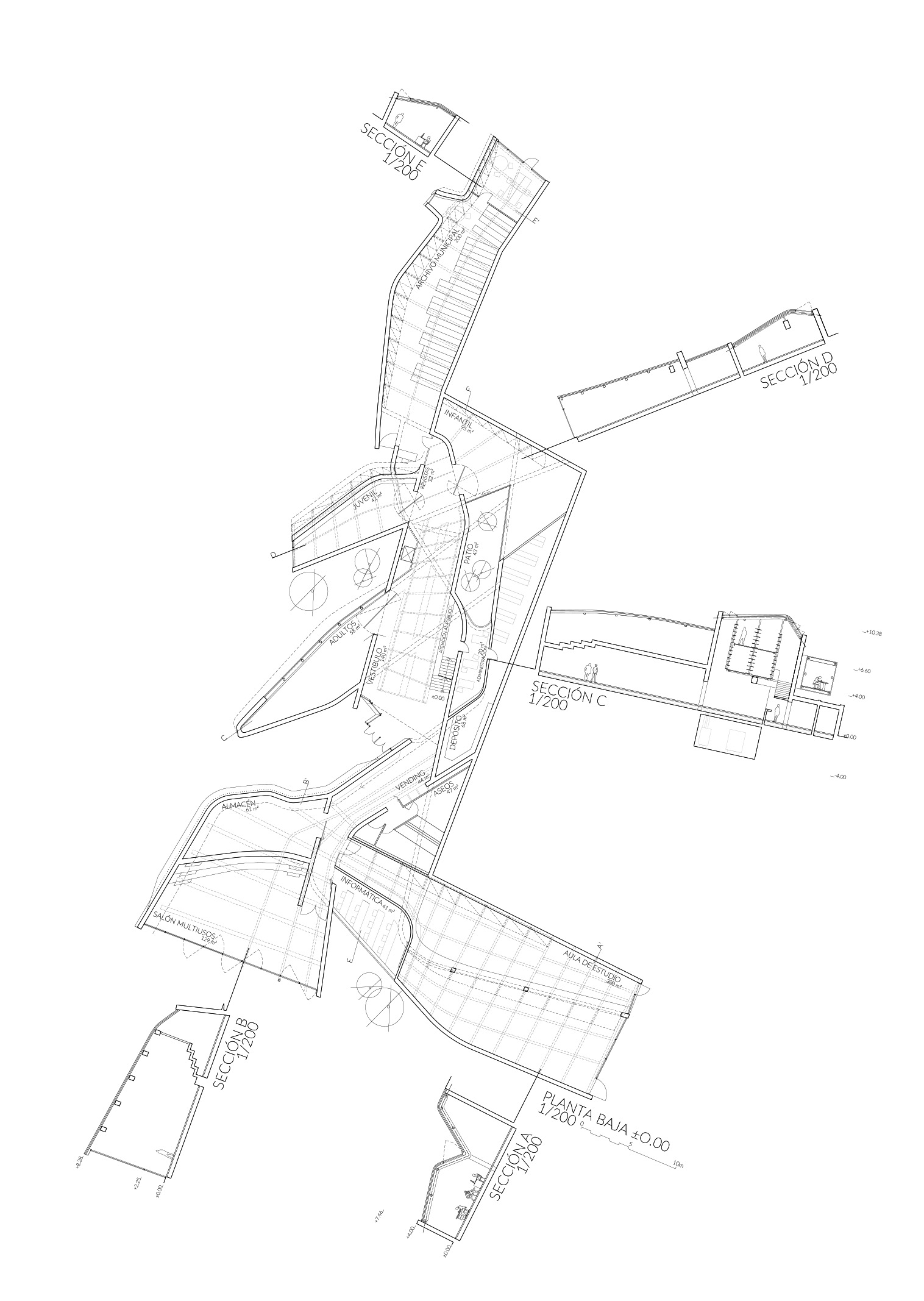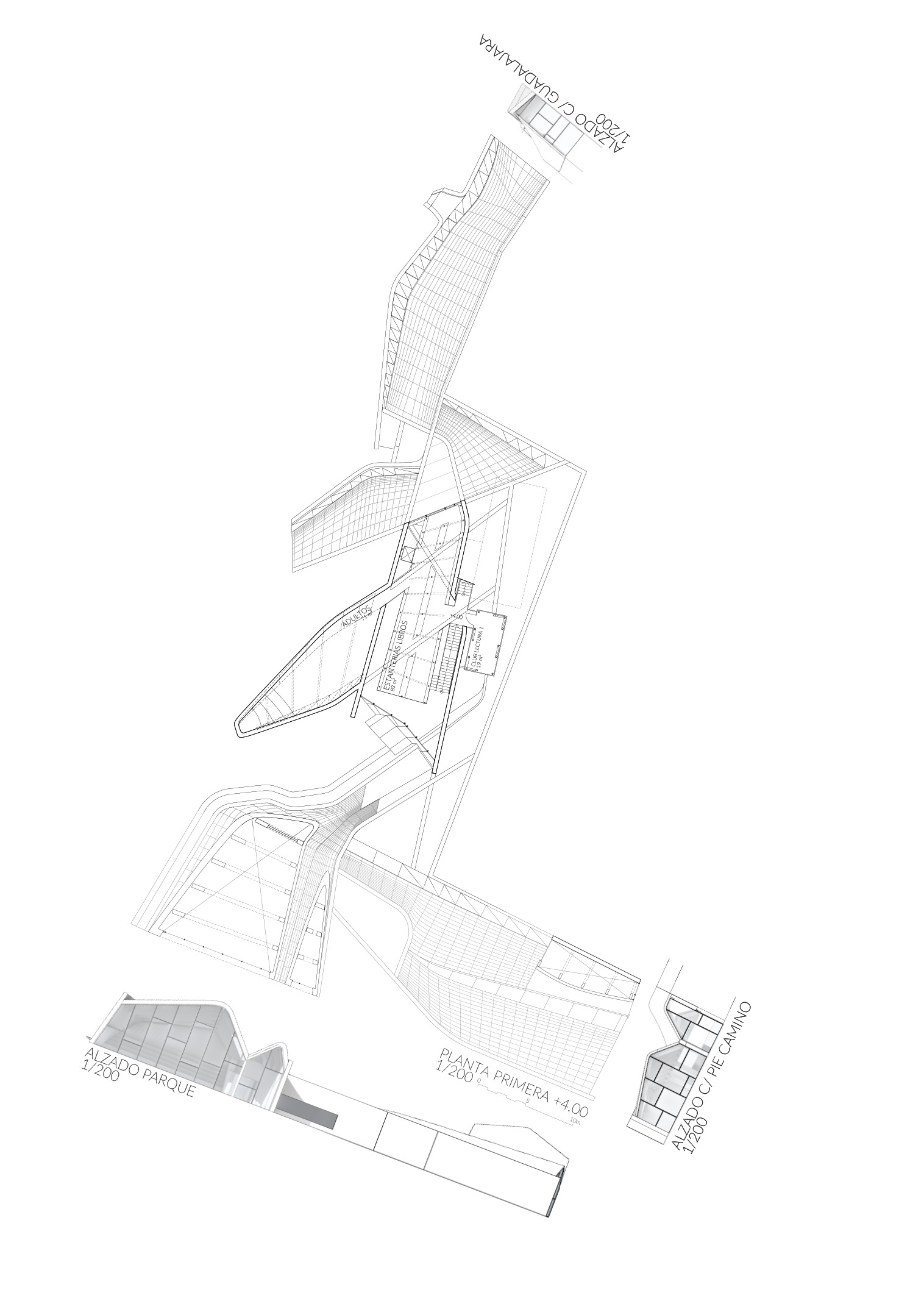 Cultural Center in Marchamalo
Cultural Center in MarchamaloLOCATION
Marchamalo, Spain
PROGRAM
Library, Archive, Exhibition, Conference rooms
YEAR
2019
CLIENT
Marchamalo City Council
STATUS
Competition
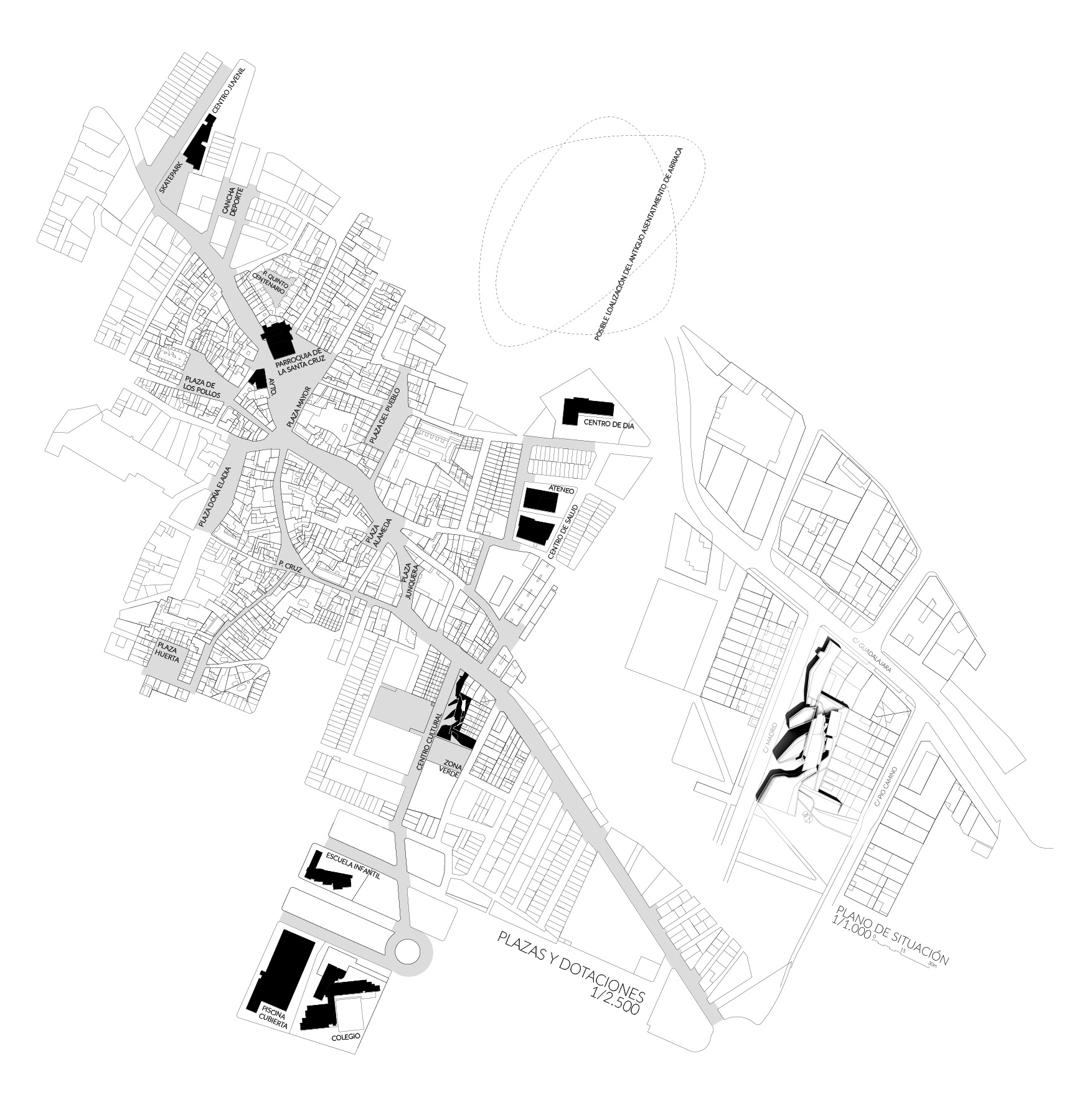
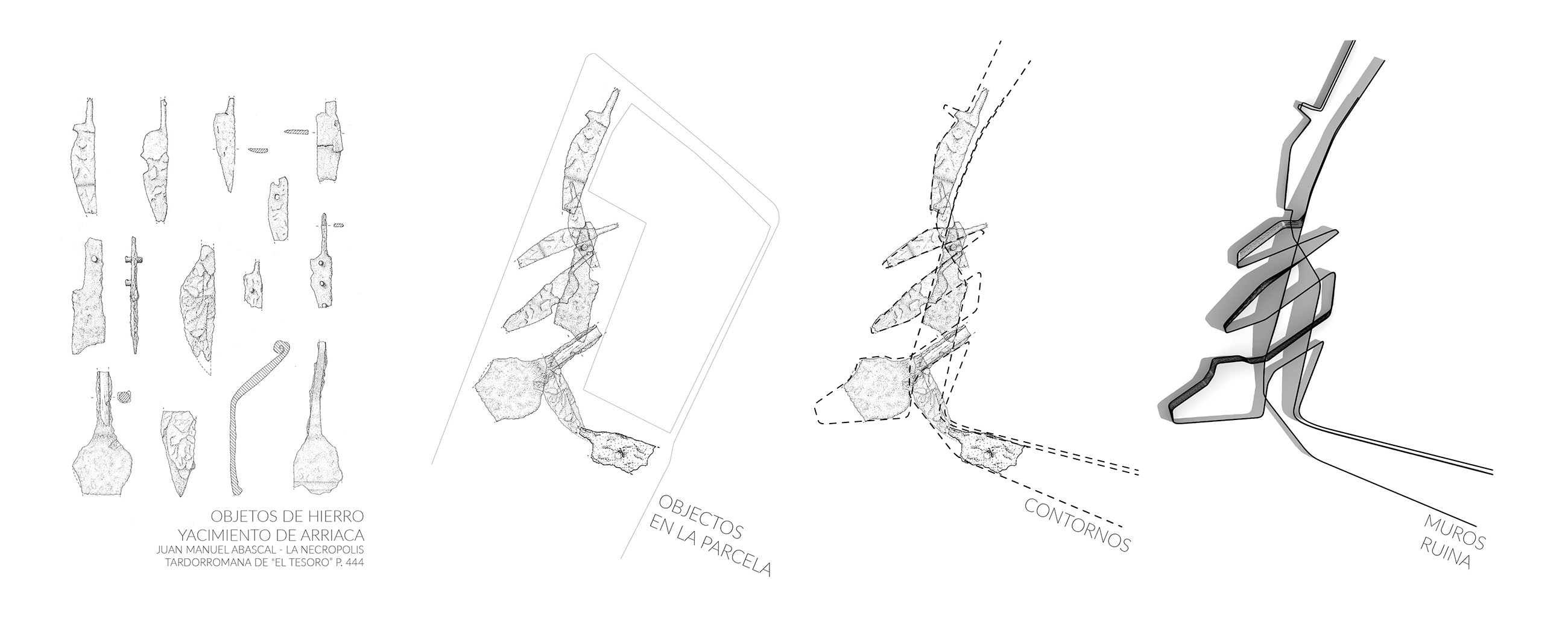
The historical roots of Marchamalo significantly influence the conceptualization of this design. The initial Celtic settlement, Carpelos, and later the Hispano-Roman presence near the Via Dominicana, known as Arriaca, hold importance. The new Cultural Center's site is positioned at the crossroads of the village's main street and the connection to the Arriaca archaeological site, recalling the location of the old settlement.
The design challenges the typical monolithic scale of public buildings by responding to the dimensions of its surroundings. Inspired by the organizational principles of small houses in the historic center, the proposal consists of multiple distinct "buildings" that engage within each other.

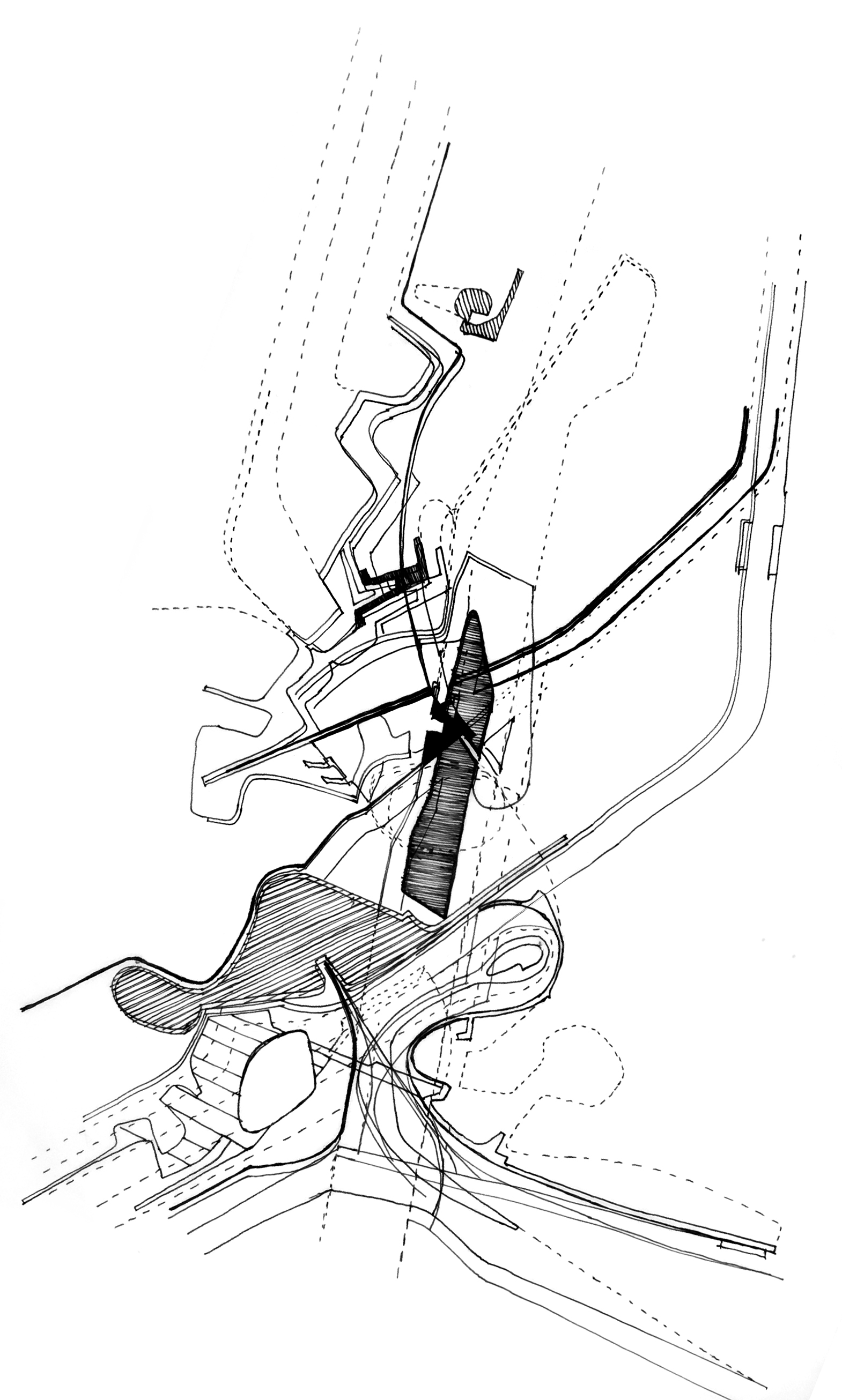
The building is designed as a rehabilitation of its own ruins, where lightweight construction elements are layered over the labyrinthine, massive walls.

